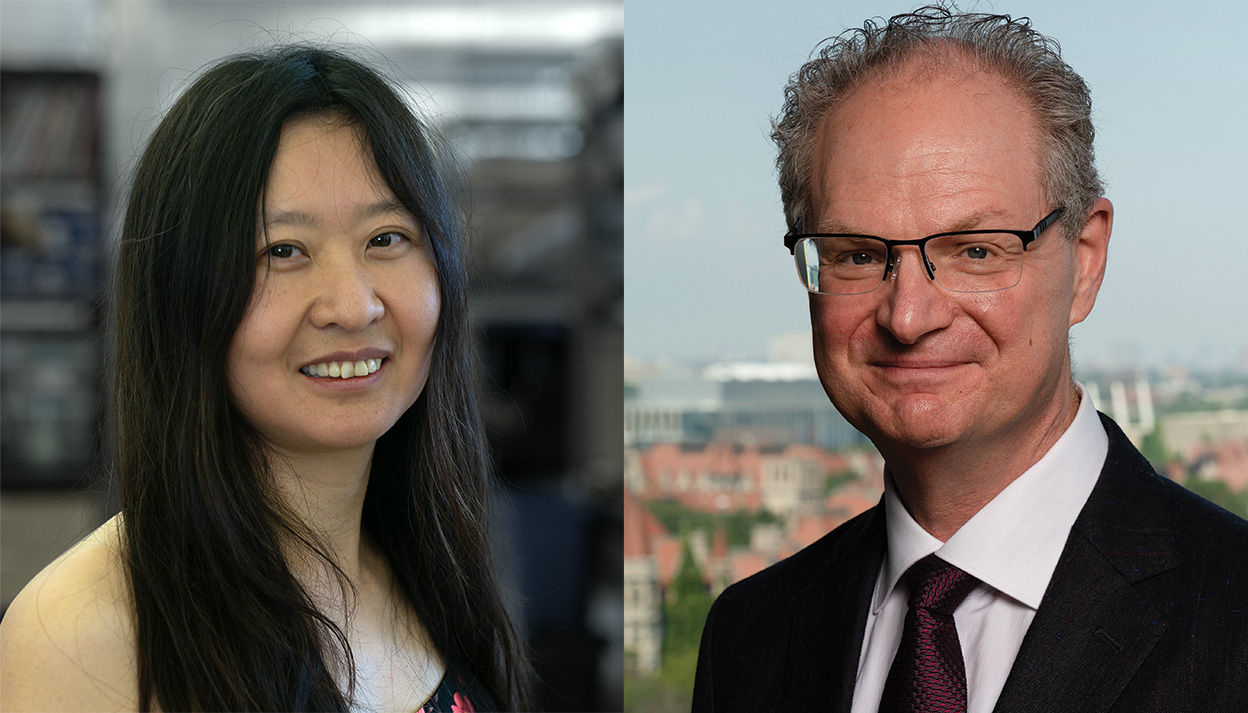
Three esteemed scientists, Robert Langer from MIT, Paul Alivisatos from the University of Chicago, and Chad Mirkin from Northwestern University, have been awarded the prestigious 2024 Kavli Prize in Nanoscience. The Norwegian Academy of Science and Letters bestowed this honor upon them for their groundbreaking research that revolutionized nanomedicine.
Robert Langer's work focused on manipulating nanoparticle complexes to ensure controlled release of drugs, leading to significant advancements in therapeutics and vaccines. His discoveries have been licensed or sublicensed to over 400 pharmaceutical and biotech companies.
Paul Alivisatos co-founded Nanosys Inc., which uses quantum dots for producing bright and energy-efficient computer displays. He also helped establish Quantum Dot Corp., bringing biomarkers with a broad range of functionalization to the commercial marketplace.
Chad Mirkin discovered spherical nucleic acids (SNAs), which can be used as diagnostic tools to detect extracellular DNA signatures, proteins, and other molecules that indicate the presence of disease. SNAs enter cells with endosomes, helping find workarounds for toxic transfection agents in cell therapy applications.
These scientists' pioneering research has significantly impacted various fields such as drug delivery systems, bioimaging and diagnostics, cancer treatment using quantum dots, and diagnostic tools for diseases. Their discoveries have transformed our understanding of nanotechnology and its potential applications.



